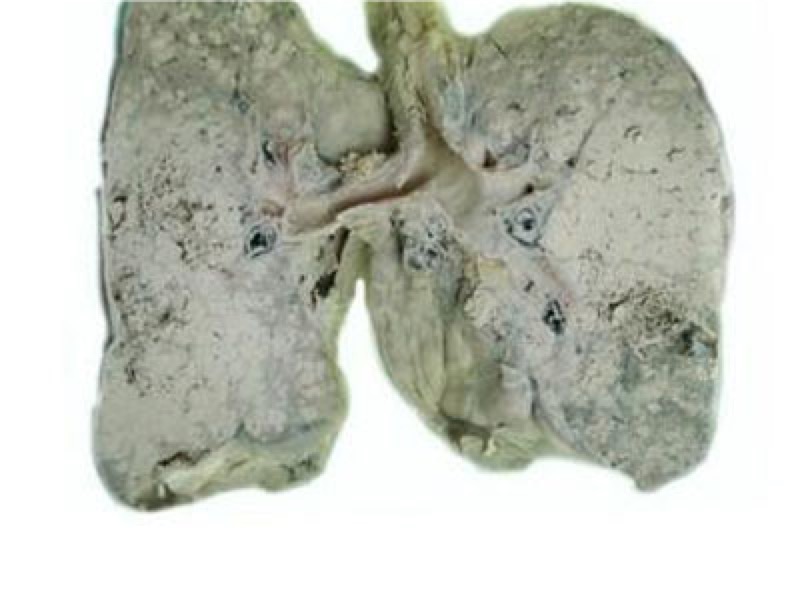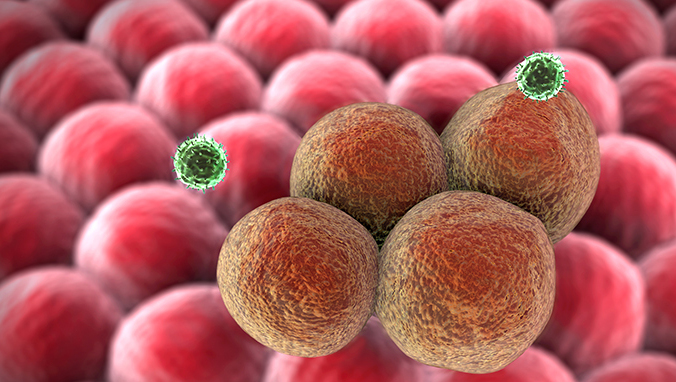Lung cancer metastasis pathway
In recent years, more and more groups have developed lung cancer disease. This kind of disease seriously threatens the health and safety of patients. The scary thing about lung cancer disease is metastasis. Once cancer cells metastasize, it will bring to patients Huge disaster and harm, what is the route of lung cancer metastasis?

Lung cancer metastasis to the later stage, it will often produce infiltrating agents of different organs, which can cause corresponding diseases, often bring great pain to patients, and even threaten life. The growth rate, spread and metastasis of lung cancer depend on the histological type and degree of differentiation of cancer cells and the immune function of patients. There are several ways in general.
1. Local direct spread
Swelling can grow into the bronchial lumen after the bronchial wall occurs, causing stenosis or complete obstruction. When the cancer grows out of the bronchus, it invades the lung tissue, and then spreads to the adjacent organs and tissues. Central type lung cancer spreads into the hilum and the mediastinum can press or invade the lymph, blood vessels, nerves, and various organs and tissues located in the mediastinum. Peripheral lung cancer near the lung margin often invades the pleura, causing pleural effusion and chest wall metastasis. The cancer can still penetrate the interlobular fissure and invade other adjacent lobes. Huge cancers form cancerous cavities due to central ischemia, tissue necrosis, and liquefaction.
2. Lymphatic metastasis
Lymphatic metastasis is a common main route of spread of bronchial lung cancer. Undifferentiated small cell carcinoma can metastasize through the lymphatic tract at an early stage, and squamous cell carcinoma has a common metastasis through the lymphatic tract. Adenocarcinoma often metastases through the bloodstream, but lymphatic metastasis can also occur. Cancer cells first invade the adjacent lung segment or lobe through the lymphatic ducts around the bronchus and pulmonary blood vessels, para-bronchial lymph nodes, and then reach the hilum, subtracheal carina, mediastinum, and paratracheal lymph nodes according to the location of the lung cancer, and then involve the supraclavicular and anterior clavicle The oblique muscle and neck lymph nodes. Mediastinal paratracheal and cervical lymph node metastasis generally occurs on the same side of lung cancer, and lymph node metastasis of the left lung cancer can occur on the opposite side of the lung cancer, so-called cross metastasis. After lung cancer invades the chest wall and diaphragmatic pleura, it can be transferred to the lymph nodes of the armpit, neck and upper abdomen through the lymphatic tract.
3. Hematological metastasis
The pathological changes of patients with hematogenous metastasis in cancer have entered the advanced stage. Undifferentiated carcinoma can present with hematological metastases earlier. Adenocarcinoma metastases through the bloodstream are more common. It is not uncommon for advanced squamous cell carcinoma to pass through the bloodstream. Cancer cells usually invade the pulmonary venous system, and then transfer to organs and tissues throughout the body through the left heart with circulating blood flow. The most common metastatic sites are liver, bone, adrenal gland, kidney, brain and so on.
4. Airway dissemination
Several cancer cells shed by lung cancer cases can be implanted into other lung segments or lobes on the same or opposite side through the trachea To form new cancer foci. Bronchioloalveolar carcinoma is more common in airway dissemination.
If the symptoms of the disease appear in your health, do not delay the diagnosis, you should go to the regular hospital in time to avoid delaying the condition and causing serious consequences.
Related Articles

- Early symptoms of lung cancer
- 2020-12-17

- Early Signs of Bladder Cancer
- What are the early symptoms of bladder cancer?
- 2020-12-17

- Is metastatic carcinoma easy to metastasize
- Once the cancer has metastasized, it will be very difficult to cure, because many people have lost their lives because of the emergence of cancer, so most people think that cancer is an un
- 2020-08-02

- What does microinfiltrating adenocarcinoma mean?
- Microinfiltrating adenocarcinoma is a type of lung cancer. The reason why it is called microinfiltration means that there is less infiltration around it, which means that it is in the early
- 2020-08-01

- How long can non-small cell adenocarcinoma live
- Adenocarcinoma is one of the most common malignant tumors in the world. Non-small cell adenocarcinoma accounts for about 80% of all adenocarcinomas. About 75% of patients are in the middle
- 2020-08-01

- Hand cancer
- Finger cancer generally refers to the appearance of skin cancer, which is characterized by local cauliflower-like skin and easy bleeding. Finger skin cancer is mostly a malignant tumor that
- 2020-08-01
